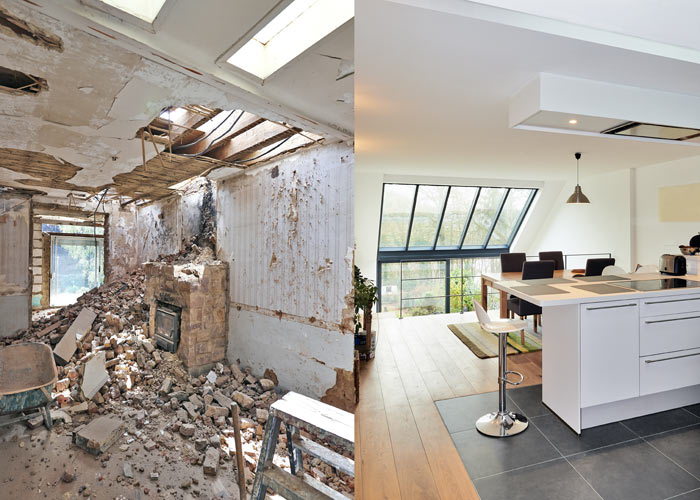People have varying tastes, and some architectural eras and themes are better suited to some properties than others. However, a structure or addition carefully considered in terms of design will almost certainly be more pleasing to the eye. As a bonus, it will probably increase your home’s resale price. Therefore, you should consider how the end product will complement your home’s current aesthetic.

Before beginning any renovation, upgrade, or development, you should find out from the local council if you require special approval. Different circumstances call for different approaches to planning. It’s important to remember that each application is evaluated independently and that results for seemingly similar proposals might vary considerably.
Whether a planning application is approved or denied depends on several variables, including the proposed project type, the neighbourhood in which the home is located, and the applicant’s financial standing. These variables can also affect the kind of application you’ll have to submit. Some of these factors are highlighted and explained below.
Your Neighbours
Even if you have big ideas for a brand-new kitchen addition or some loft conversion plans, you should consider how they may affect your neighbours. You might make some adjustments to your plans to ease the concerns of your neighbours. Assuming you don’t change your mind, it’s still a good idea to let your neighbours know what you intend before you submit a planning application or begin construction.
The council will notify your near neighbours about your planning application. This gives them the information they need to evaluate the proposed expansion or construction and gives them a chance to voice any issues they may have. So, it is essential to consult nearby residents before applying.
The Type Of Building Design
Design is also a crucial consideration. Before submitting the design to the local building council, there are various factors to consider. The plan can alter the local ecosystem and standard of living. You and your architect might find it helpful to consult the local council’s design guidelines if you live where they have been issued. Such factors as the general outside design, the usage of certified fixtures, and the quality of materials and finishes are all examples.

When planning renovations, keeping the building’s or neighbourhood’s current visual appeal is essential. The boundary between policy and aspiration is where good design lives. It should be appropriately sized, thoughtfully planned, and try to preserve and improve the natural beauty of its setting.
If you are interested in converting your loft into living rooms that are useful and attractive and can be enjoyed by the entire family. In that case, you should consult loft drawing specialists like Fast Plans to help with the building design. Fast Plans are a good choice as they offer loft conversion drawing services and breakdown the entire process on their website. The Fast Plans team works with you to help offer cost-effective solutions that add value to your home. You will also be able to view various customer testimonials that you can read about.
The Impact On Protected Species
Certain animals have unique protections to keep humans out of their nesting and resting areas. Whether or not a protected species is present, or could be present, is a significant factor in deciding a planning proposal.
Even when endangered animals are present, building is not always impossible. However, sometimes precautions are required, which can change the approach taken and the schedule for the project.
If there is cause to believe that a protected species are present on the site or could be impacted by a project, the presence of the species must be evaluated, and mitigation strategies must be presented if necessary. If a development proposal could potentially harm a protected species, conducting surveys and outlining detailed conservation plans as soon as possible is crucial.




